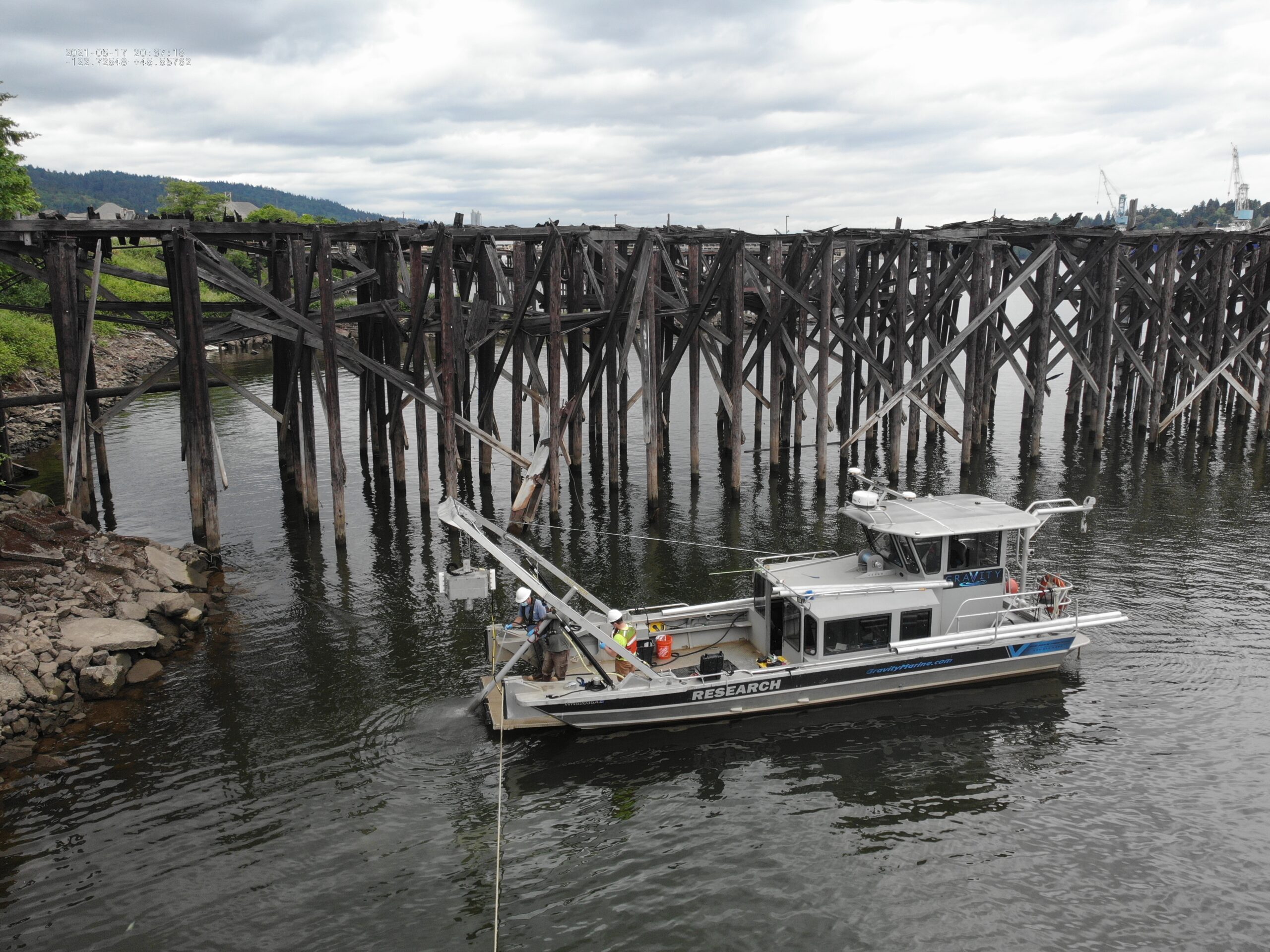
I recently joined Foth because I was inspired by how members of the firm work tirelessly as part of our clients’ teams to make their projects successful. Having worked for several years at the Wisconsin Department of Natural Resources (DNR) and as the chief of staff for the Environmental Protection Agency’s (EPA) Region 5, I have overseen numerous permitting and funding processes, observing firsthand what works and what doesn’t. My goal is to bring that insight to our clients’ projects to help them achieve their goals.
Whether you are in the ports and harbors industry, solid waste management, or in any business that requires you to navigate environmental permitting processes, you may have had the experience of putting together a well-designed project that achieved full funding and garnered community support only to find that the regulatory process has not yet been investigated or well planned. Now you’re facing slowdowns, redesigns, and unanticipated legal fees.
On the contrary, Foth brings the forethought, expertise, and creativity to solve your toughest challenges, including securing funding, navigating regulatory processes, and planning with sustainability in mind.
Best Practices in Securing Funding
While infrastructure projects often require significant engineering and design efforts, the most difficult processes aren’t always the engineering tasks, but successfully funding and permitting the project. In my years of reviewing grant applications at the state and federal levels, I have seen project proponents make several of the same mistakes. Here are some common pitfalls and how to avoid them.
- Understand the grants available. If you aren’t frequently applying for funding and staying up to date on the grants available, chances are you are missing some opportunities. Between local, state, federal, and private grants, there are hundreds if not thousands of funding opportunities available across the environmental spectrum and the dollars are significant. As an example, the Port Infrastructure Development Program (PIDP) administers several hundred million dollars, and almost two trillion is becoming available as part of the new federal infrastructure bill.
- Include the correct information. Many project proponents pull together superficial applications quickly to save time and money, but it is better to allocate the necessary resources to be thorough. We bring our expertise in successful grant application writing to position our clients for success. We know the information that needs to be included and we ensure it is reflected with the right amount of detail.
- Administer the grant effectively. After a successful grant writing process and receiving the funds for which you’ve been approved, the work is not yet done. Many strings come attached to grant funding and project proponents must spend the funds according to the grant requirements or risk failing audits and being required to return some or all funding.
- Layer your grants strategically. Just as a project proponent would create a public participation strategy at the outset of a project, developing a grant strategy allows them to maximize the benefits of the funding they receive. Called layering, Foth helps its clients identify, apply for, and use grants strategically throughout the project lifecycle to maximize the benefits of grant funding.
Common Mistakes in Navigating Regulatory Processes
While developing a grant strategy and identifying funding opportunities, project proponents are well served to start the regulatory process early. Below are the top mistakes companies make when navigating the regulatory process.
- Delay the regulatory process. Federal regulatory processes can, at times, take years to navigate, and state processes can take up to a year. It is crucial to start the permitting process at the right time, and it is often much sooner than project proponents think.
- Design your project outside of the regulatory framework. Fighting with the regulatory frameworks in place is a losing battle. When project proponents begin with design and attempt to fit their pre-engineered solution into the regulatory framework instead of understanding the regulatory requirements first, they inevitably face many challenges and redesign requirements.
- Underestimate the requirements. Project proponents typically require more permits than they apply for. An example is with dredging; a project proponent requires a dredging permit to dredge sediment, but without the other required permits, they can’t transport their dredged material to another location. Understanding the entire regulatory framework impacting your project is the key to success.
- Ignore important regulatory and scientific changes. We may think of regulations and legislation as steadfast, but they are changing all the time. Whether a result of a political election or scientific advancements, state and federal regulatory frameworks are in continuous flux and must be monitored to ensure your project is in keeping with current standards.
Thoughts on Sustainability
To successfully fund and permit your next project, the key is to understand what grant administrators and regulatory agencies need and to provide them with well-articulated comprehensive information that meets these needs. While it may sound simple in theory, in practice the complexities and expertise required make it one of the toughest challenges project proponents face. Ensuring sustainability, including long-term social, economic, and environmental benefits is required to successfully apply for funding and permits. Our customers, neighbors, and citizens of our states and country now expect sustainability to be a driver in the work we do.
At Foth, we bring unparalleled insights, expertise, and innovation to help you navigate these complex processes for project success. Contact us today to learn about how we can help you navigate the regulatory and permitting landscape, secure grant funding, and ensure successful project outcomes.
By Joe Liebau, Jr., Client Team Leader
Markets: Municipalities, Solid Waste, Utilities, Waterfront and Marine
Services: Coastal and Waterfront Engineering and Dredging, Environmental and Regulatory Services, Strategic Consulting and Planning, Water and Wastewater




